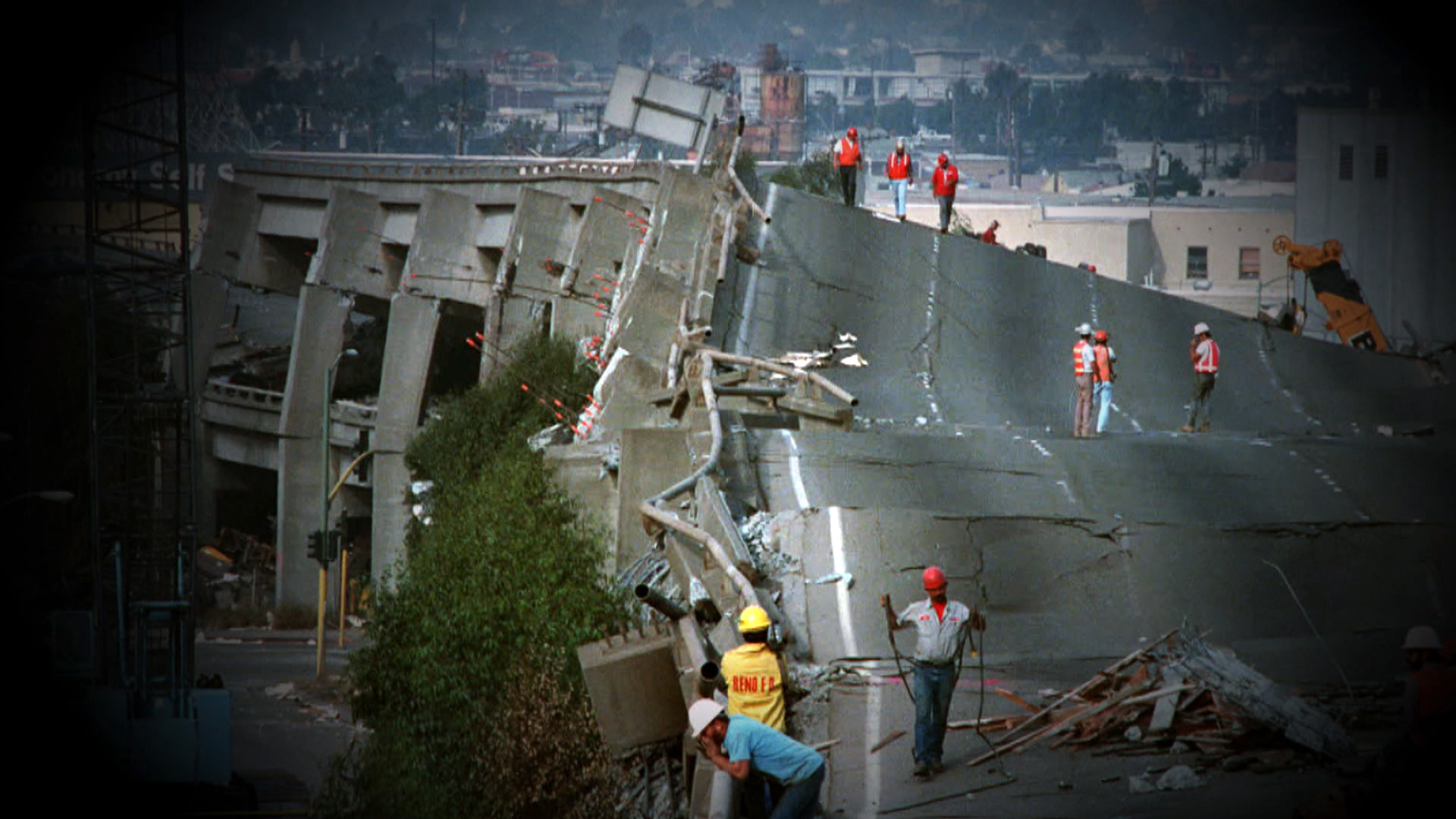San Francisco Earthquake Today: Is the City Safe?
San Francisco, one of the most iconic cities in the world, has a long history of earthquakes. The city's location on the San Andreas Fault makes it a hub for seismic activity, and residents are often left wondering if the city is safe from devastating earthquakes. With the frequency and intensity of earthquakes on the rise, it's essential to understand the current state of earthquake safety in San Francisco.
San Francisco's earthquake risk is not a new concern. The city has been experiencing earthquakes for centuries, with the first recorded earthquake occurring in 1755. Since then, the city has faced numerous significant earthquakes, including the infamous 1906 San Francisco earthquake that destroyed nearly 80% of the city. The 1989 Loma Prieta earthquake and the 2014 Napa earthquake also brought the city to a standstill, highlighting the need for continued earthquake preparedness and mitigation efforts.
Understanding the San Andreas Fault
The San Andreas Fault is a major transform fault that runs for over 800 miles through California, including San Francisco. The fault is a plate boundary between the Pacific and North American tectonic plates, where the Pacific plate is moving northwestward relative to the North American plate. This movement causes stress to build up, resulting in earthquakes. San Francisco's location on the fault makes it a high-risk area for earthquakes, with the likelihood of a major earthquake occurring within the next 30 years.
Earthquake Safety Measures in San Francisco
The city of San Francisco has implemented various measures to enhance earthquake safety, including:
- Building codes: San Francisco's building codes require new construction to meet strict seismic design standards, ensuring that buildings can withstand earthquakes.
- Emergency preparedness: The city has a comprehensive emergency preparedness plan in place, which includes regular drills and exercises to prepare residents for earthquakes.
- Earthquake-resistant design: Many buildings in San Francisco have been retrofitted with earthquake-resistant design features, such as flexible foundations and seismic isolation systems.
- Public education: The city conducts regular public education campaigns to inform residents about earthquake safety and preparedness.
Recent Earthquake Activity in San Francisco
In recent years, San Francisco has experienced several significant earthquakes, including:
- 2019: A 6.5-magnitude earthquake struck the San Francisco Bay Area, causing minor damage and no fatalities.
- 2020: A 5.0-magnitude earthquake occurred in the city, resulting in no significant damage or injuries.
- 2022: A 4.2-magnitude earthquake struck the city, causing minor damage and disrupting some services.
Mitigating Earthquake Risk
While earthquakes are a natural disaster, there are steps that can be taken to mitigate the risk. Some measures include:
- Reinforcing buildings: Reinforcing buildings with earthquake-resistant materials can help reduce damage and collapse risk.
- Implementing early warning systems: Early warning systems can provide critical seconds or minutes to allow people to seek safety.
- Conducting regular inspections: Regular inspections of buildings and infrastructure can help identify potential hazards and vulnerabilities.
- Developing emergency response plans: Having a comprehensive emergency response plan in place can help ensure that residents and emergency responders are prepared to respond to earthquakes.
Preparing for an Earthquake
Preparing for an earthquake is crucial to ensuring safety. Some steps include:
- Creating an emergency kit: Assembling a disaster supply kit with essentials such as food, water, and first aid supplies can help residents weather an earthquake.
- Securing furniture and heavy objects: Securing furniture and heavy objects to walls can help prevent them from falling and causing injury.
- Identifying safe zones: Identifying safe zones in buildings, such as under sturdy tables or against interior walls, can help residents seek shelter during an earthquake.
- Staying informed: Staying informed about earthquake risk and preparedness can help residents make informed decisions and take necessary precautions.
Conclusion
San Francisco's earthquake risk is a serious concern, but the city is taking steps to mitigate the risk. By understanding the San Andreas Fault, implementing earthquake safety measures, and preparing for an earthquake, residents can help ensure their safety and the safety of those around them.
Jules Ari
How Tall Iarleyhimkus
Gina Wapd
Article Recommendations
- Jesse Plemons Breaking Bad
- Sophie Rain Age
- Madi Ruve
- Matthew Gray Gubler
- Carly Jane Fans
- Jaydenaniels Wife
- Meg Nuttd
- Macron Height
- What Happened Toana Loesch Face
- Vincent Herbert



